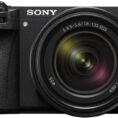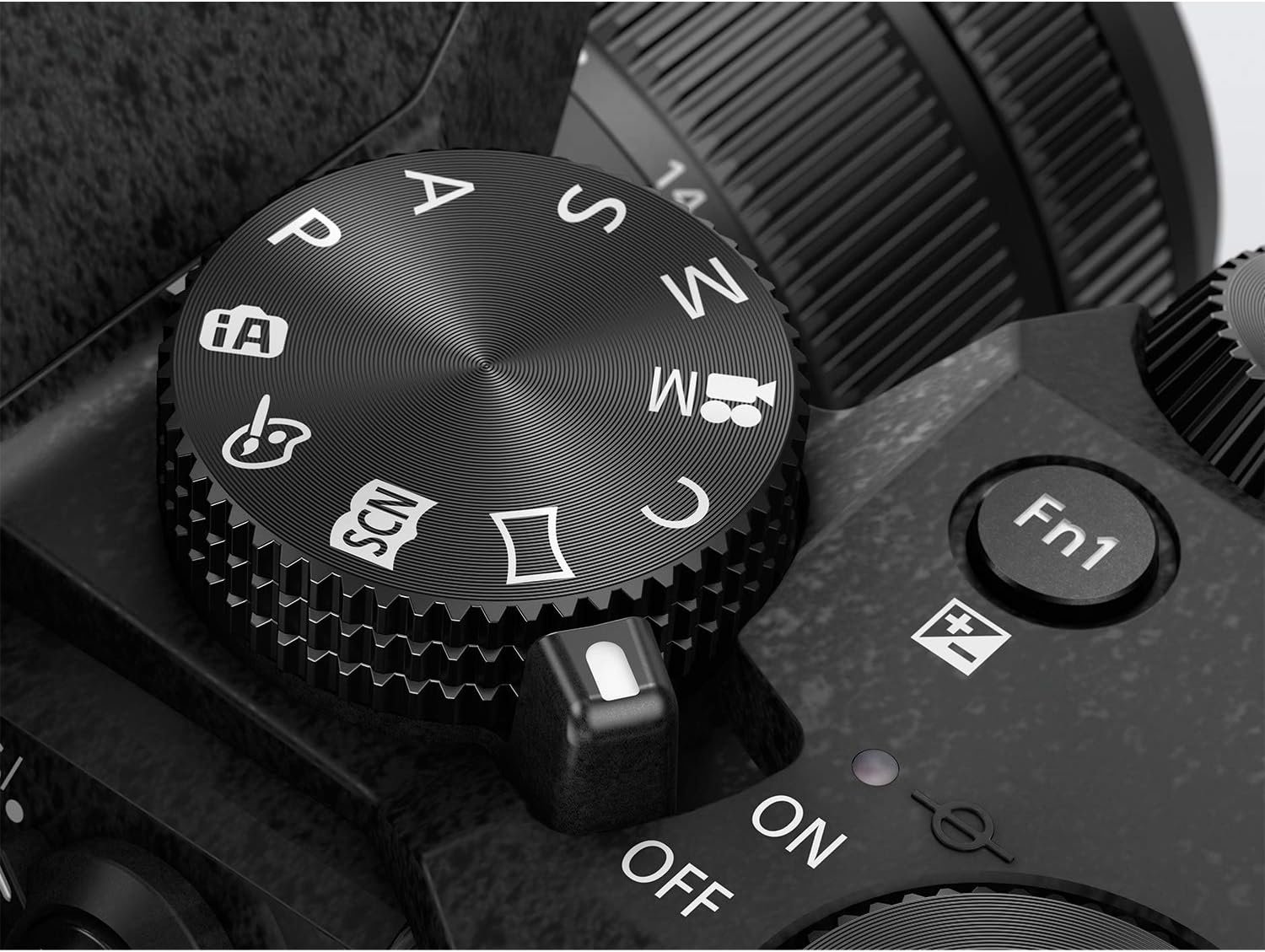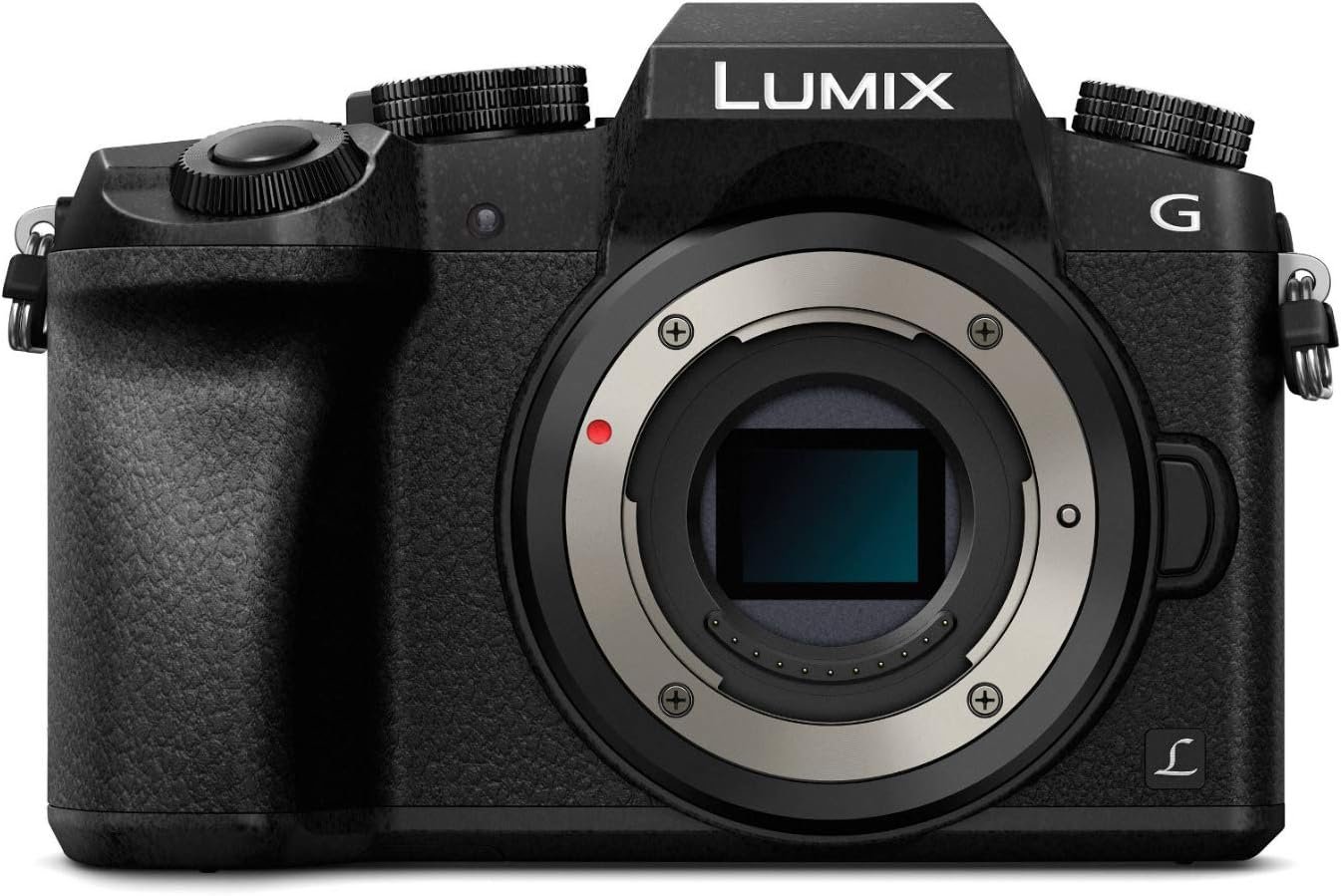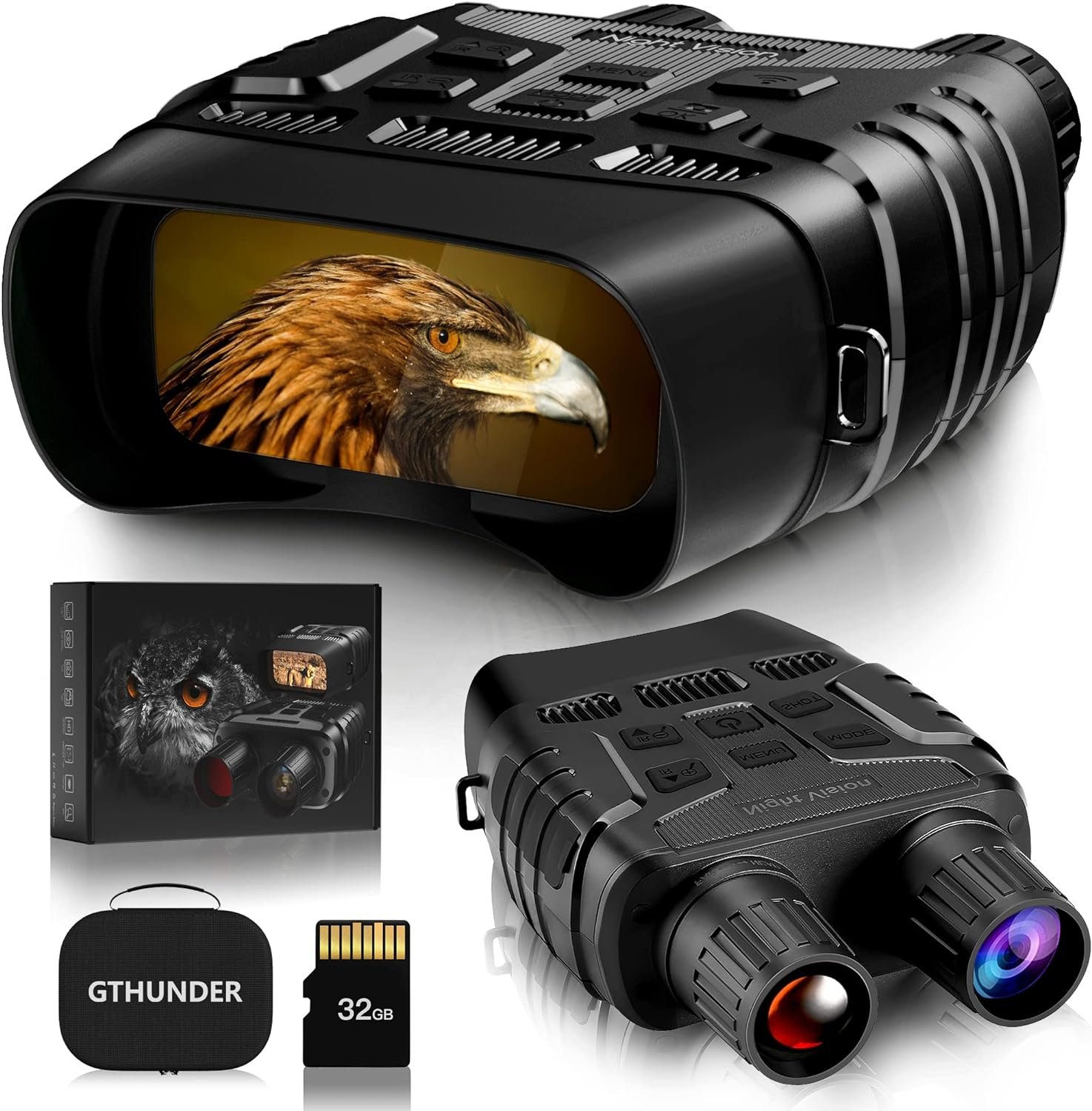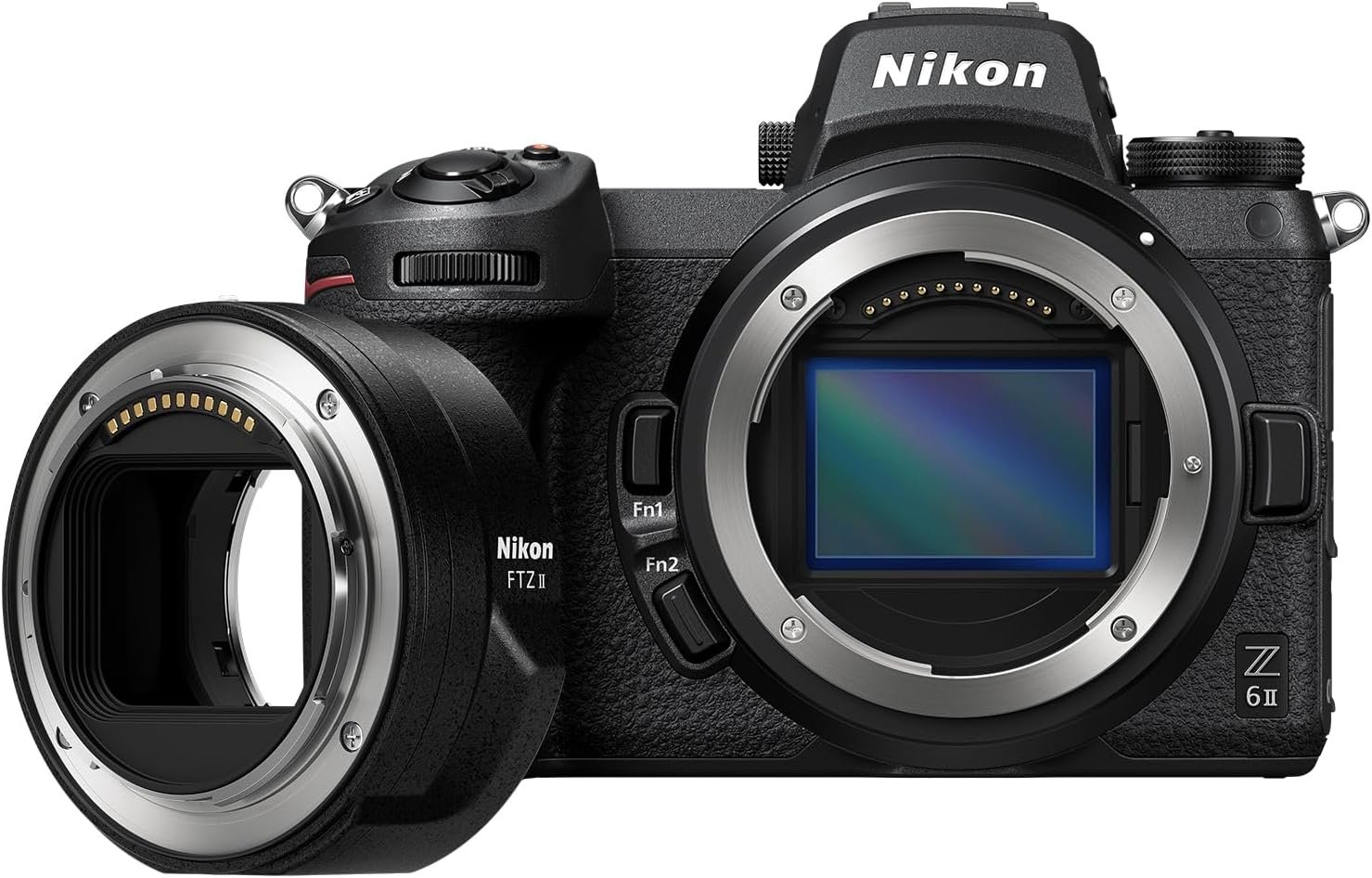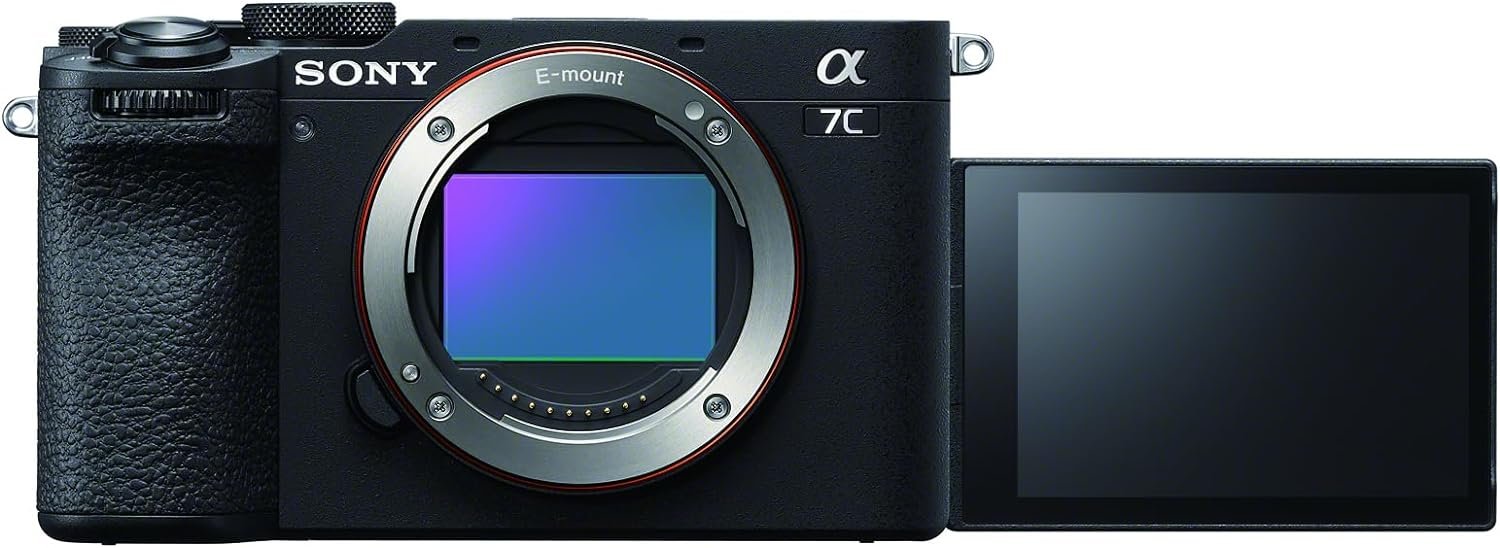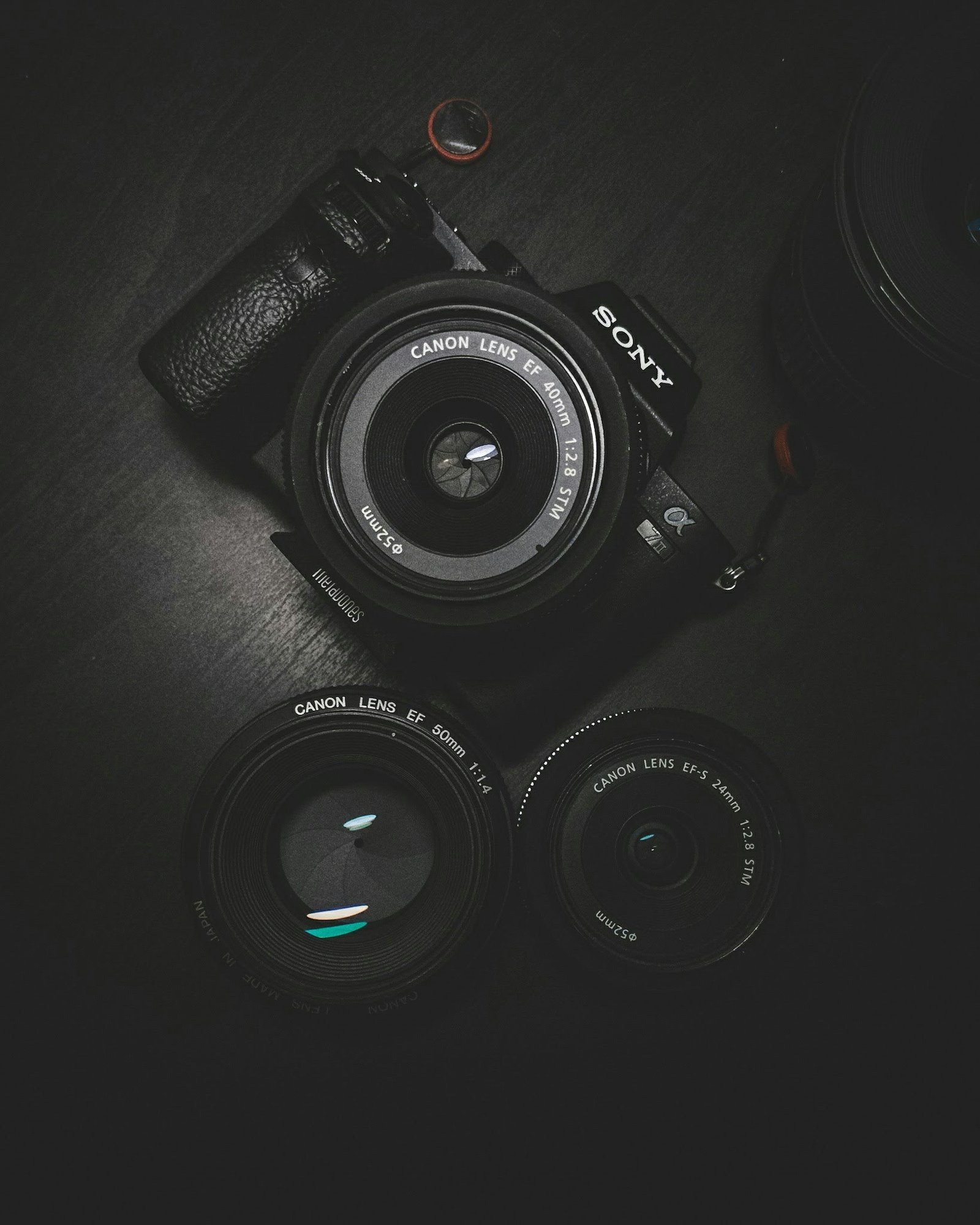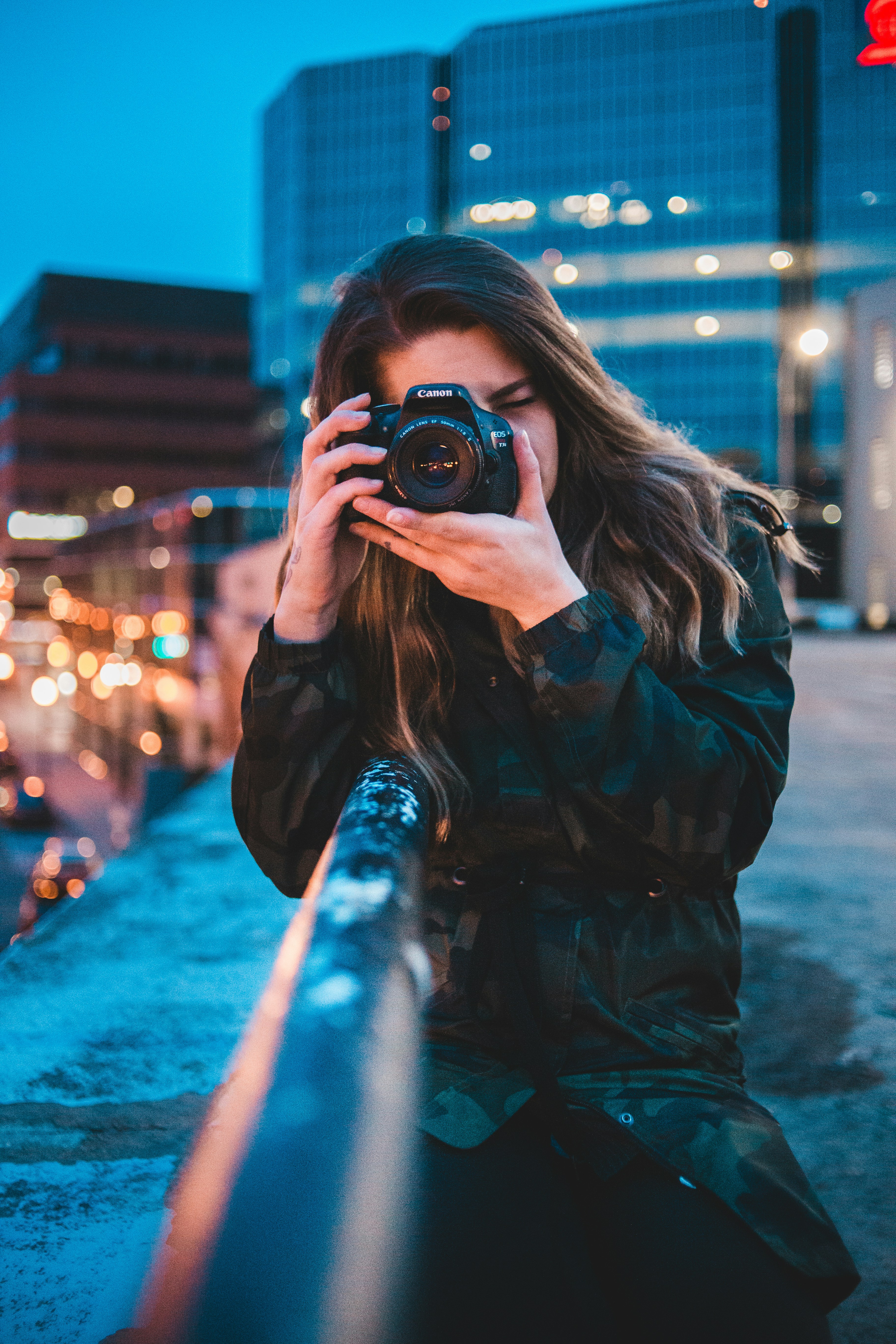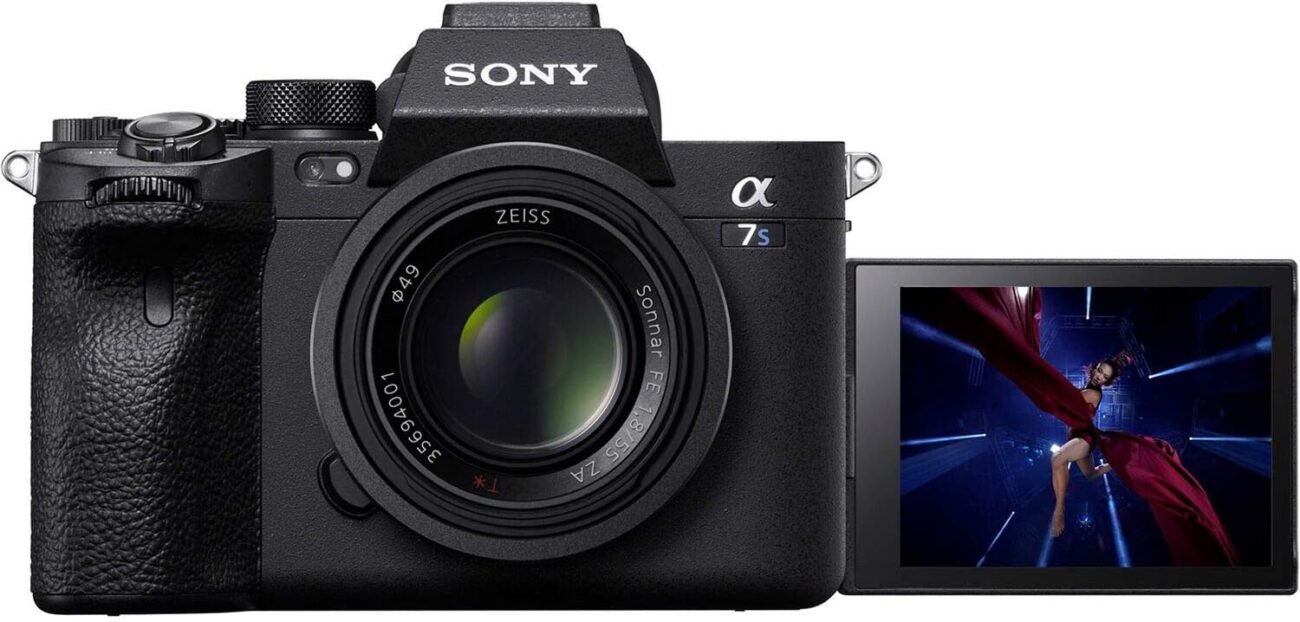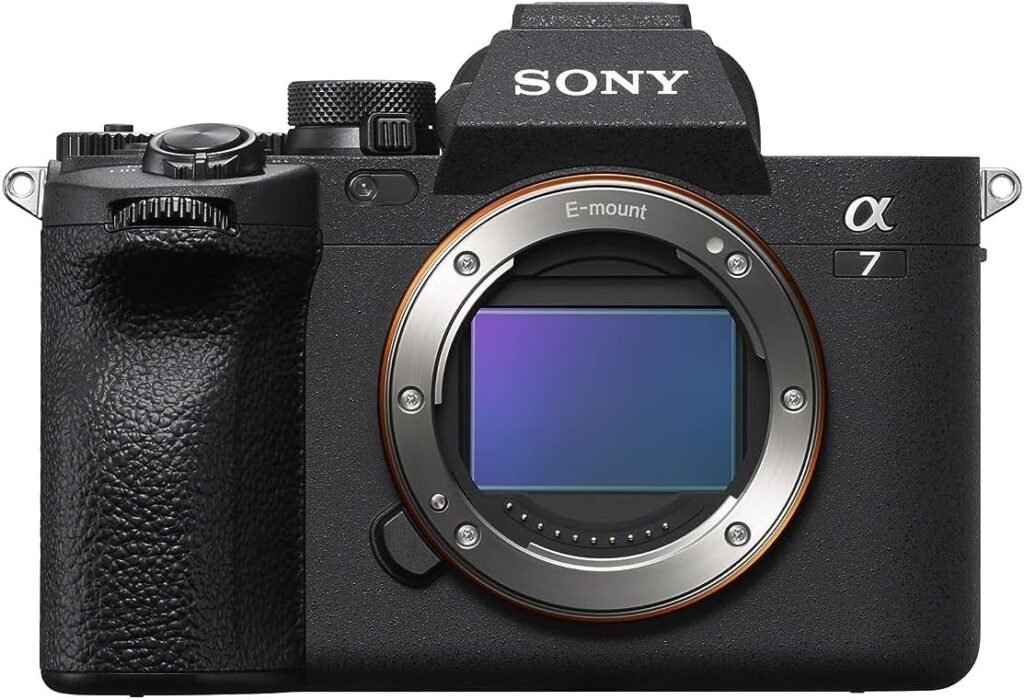Are you ready to take your photography to the next level? One way to do so is by investing in a full-frame camera. With a larger sensor size and better image quality, full-frame cameras allow you to capture stunning photos with more detail and clarity. Additionally, they offer better low light performance, wider dynamic range, and the ability to achieve shallower depth of field for that professional look. Say goodbye to cropped sensors and hello to the world of full-frame photography! What Are The Advantages Of A Full-frame Camera?
What are the advantages of a full-frame camera? If you’re considering upgrading to a full-frame camera, or just simply want to learn more about them, this article will help you understand the benefits of using one. Full-frame cameras are popular among professional photographers for a reason – they offer superior image quality, versatility, and control over your photography. Let’s dive into the advantages of using a full-frame camera.
This image is property of images.unsplash.com.
Superior Image Quality
When it comes to photography, image quality is key. Full-frame cameras have larger image sensors compared to crop sensor cameras, which results in better image quality. The larger sensor size allows more light to be captured, which means better image detail, dynamic range, and low-light performance. If you’re looking to capture high-quality images with exceptional clarity and sharpness, a full-frame camera is the way to go.
A full-frame sensor is 36mm x 24mm in size, which is equivalent to the size of a 35mm film frame. This gives you a wider field of view and more freedom in framing your shots. With a full-frame camera, you’ll be able to capture more of the scene in your frame without having to step back.
Enhanced Low-Light Performance
One of the biggest advantages of using a full-frame camera is its enhanced low-light performance. The larger sensor size allows for better light sensitivity, which means you can capture clear and sharp images even in low-light conditions. Whether you’re shooting indoors, at night, or in challenging lighting situations, a full-frame camera will give you the flexibility to achieve great results without compromising image quality.
Full-frame cameras typically have larger pixels on the sensor compared to crop sensor cameras, which results in better noise performance. This means you’ll experience less noise in your images, even when shooting at high ISO settings. If you’re a night photographer or frequently shoot in low-light environments, a full-frame camera will be a game-changer for your photography.
Greater Dynamic Range
Dynamic range refers to the ability of a camera to capture details in both bright highlights and dark shadows within a single image. Full-frame cameras are known for their superior dynamic range capabilities, allowing you to capture more tonal information and details in your photos. With a full-frame camera, you’ll be able to recover more shadow and highlight details in post-processing, giving you greater flexibility and creative control over your images.
Having a greater dynamic range means you can capture scenes with high contrast more effectively, without losing important details in the bright or dark areas of the image. Whether you’re shooting landscapes with dramatic skies or portraits with intricate lighting setups, a full-frame camera will help you achieve stunning results with rich and detailed images.
Better Bokeh and Depth of Field
Bokeh refers to the aesthetic quality of the out-of-focus areas in a photograph, typically in the background. Full-frame cameras excel in producing beautiful bokeh due to their larger sensor size, which allows for shallower depth of field and smoother transitions between sharpness and blur. If you enjoy capturing portraits or close-up shots with a soft, blurry background, a full-frame camera will help you achieve that coveted bokeh effect.
The larger sensor size of a full-frame camera also affects the depth of field, allowing you to achieve a more cinematic look in your images. With a full-frame camera, you can create images with shallower depth of field, isolating your subject from the background and drawing attention to what matters most in your composition. Whether you’re shooting portraits, still life, or macro photography, a full-frame camera will give you creative freedom to explore different depth of field effects.
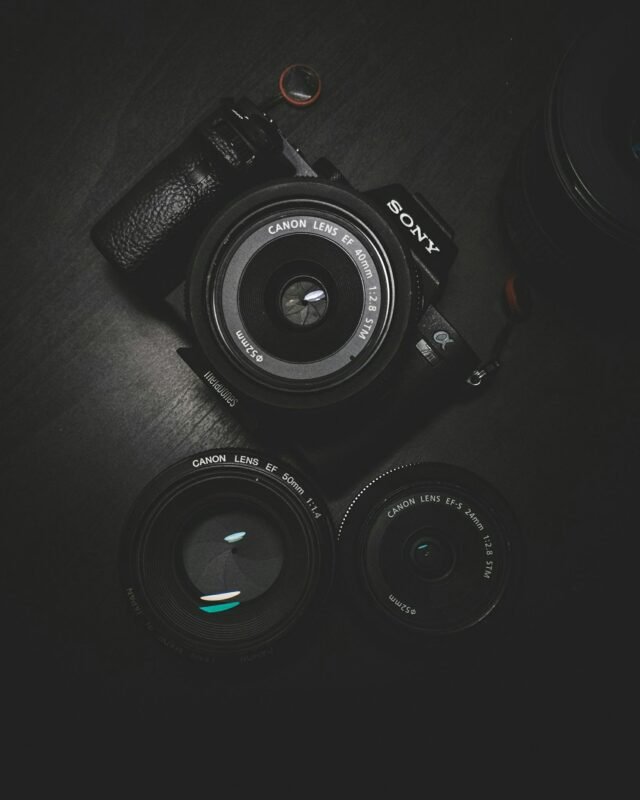
This image is property of images.unsplash.com.
Wide Lens Selection
Full-frame cameras offer a wide selection of lenses that are designed specifically for full-frame sensors. This means you have access to a vast range of professional lenses, from wide-angle to telephoto, prime to zoom, and everything in between. With a full-frame camera, you can choose lenses that best suit your photography style and creative vision, allowing you to push the boundaries of your craft.
Having a wide lens selection gives you the flexibility to experiment with different focal lengths, apertures, and perspectives in your photography. Whether you’re a landscape photographer who needs a wide-angle lens to capture sweeping vistas, a portrait photographer who prefers a fast prime lens for creamy bokeh, or a wildlife photographer who requires a long telephoto lens for distant subjects, a full-frame camera will have the right lens for your needs.
Prime Lenses
Prime lenses have a fixed focal length, which means they can’t zoom in or out like zoom lenses. However, prime lenses are known for their superior image quality, sharpness, and low-light performance. They also tend to have wider maximum apertures, allowing you to achieve shallower depth of field and better low-light capabilities. If you’re looking for lenses with exceptional optical quality and creative versatility, prime lenses are a must-have for your full-frame camera.
Some popular prime lenses for full-frame cameras include:
- 35mm f/1.4: Ideal for street photography, environmental portraits, and low-light situations.
- 50mm f/1.8: A versatile lens for portraits, everyday photography, and creative compositions.
- 85mm f/1.4: Great for studio portraits, headshots, and isolating subjects with beautiful bokeh.
Zoom Lenses
Zoom lenses offer variable focal lengths, allowing you to adjust the framing of your shots without changing lenses. They are versatile lenses that cover a range of focal lengths, from wide-angle to telephoto, making them ideal for shooting a variety of subjects and scenes. Zoom lenses are popular among photographers who need flexibility in their shooting style and want to travel light without carrying multiple lenses.
Some popular zoom lenses for full-frame cameras include:
- 24-70mm f/2.8: A classic workhorse lens for everyday photography, event coverage, and portraiture.
- 70-200mm f/2.8: A versatile telephoto lens for sports, wildlife, and portrait photography.
- 16-35mm f/4: A wide-angle lens for landscapes, architecture, and environmental portraits.
Superior Video Quality
Full-frame cameras not only excel in still photography but also deliver superior video quality for videographers and filmmakers. Many full-frame cameras offer advanced video recording capabilities, such as 4K resolution, high frame rates, and professional-grade codecs. If you’re interested in creating cinematic videos, documentaries, or commercial productions, a full-frame camera will give you the tools to bring your creative vision to life.
The larger sensor size of a full-frame camera results in better video quality, with improved low-light performance, dynamic range, and depth of field control. Full-frame cameras also produce cinematic-looking footage with a shallower depth of field, giving your videos a professional and polished look. Whether you’re shooting high-resolution videos for online content or cinematic films for the big screen, a full-frame camera will elevate the quality of your video productions.
This image is property of images.unsplash.com.
More Megapixels
Full-frame cameras typically have higher megapixel counts compared to crop sensor cameras. This means you’ll be able to capture more detail and resolution in your images, allowing for larger print sizes, cropping flexibility, and fine art photography. With more megapixels, you can achieve stunning image quality with intricate details and sharpness, making full-frame cameras ideal for commercial work, landscapes, and fine art prints.
Having more megapixels also gives you the freedom to crop your images without sacrificing image quality. Whether you need to adjust the composition of your shots, zoom in on specific details, or create different aspect ratios, a full-frame camera with high megapixels will ensure that your images remain sharp and detailed. If you’re a photography enthusiast who values image quality and resolution, a full-frame camera with more megapixels will meet your creative demands.
Conclusion
Full-frame cameras offer a myriad of advantages that cater to the needs of professional photographers, enthusiasts, and creatives alike. From superior image quality, enhanced low-light performance, and greater dynamic range to better bokeh and depth of field, wide lens selection, superior video quality, and more megapixels, full-frame cameras are versatile tools that allow you to elevate your photography and videography to new heights.
If you’re looking to take your photography to the next level, consider investing in a full-frame camera that suits your creative vision and photography style. With the advantages of using a full-frame camera, you’ll be able to capture stunning images and videos that stand out from the rest. Embrace the power of full-frame technology and unlock your full creative potential behind the lens. Happy shooting!



